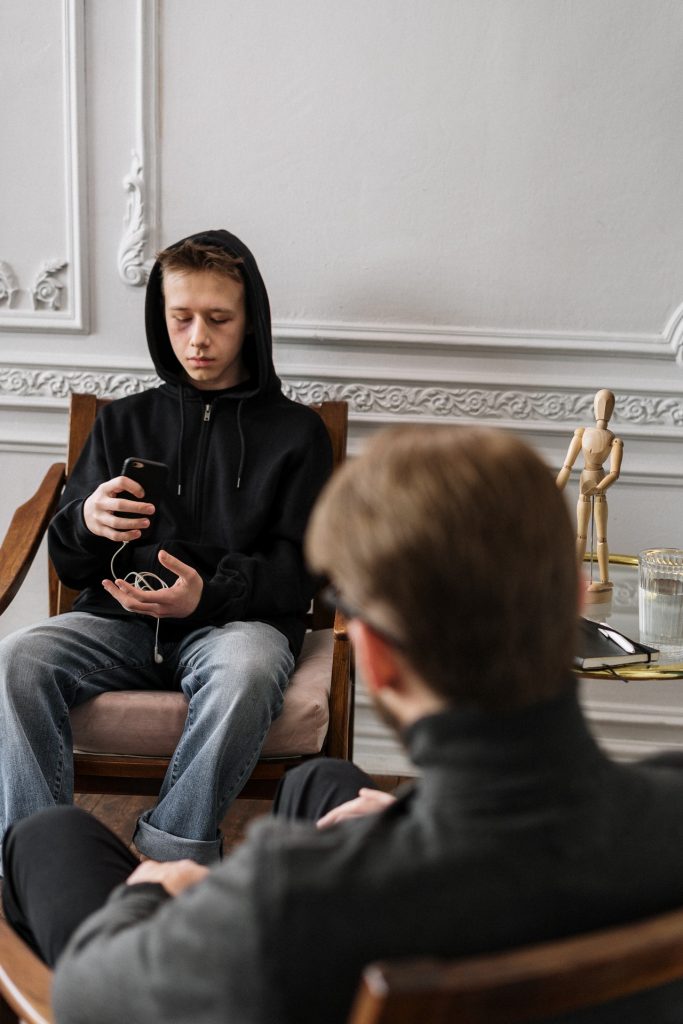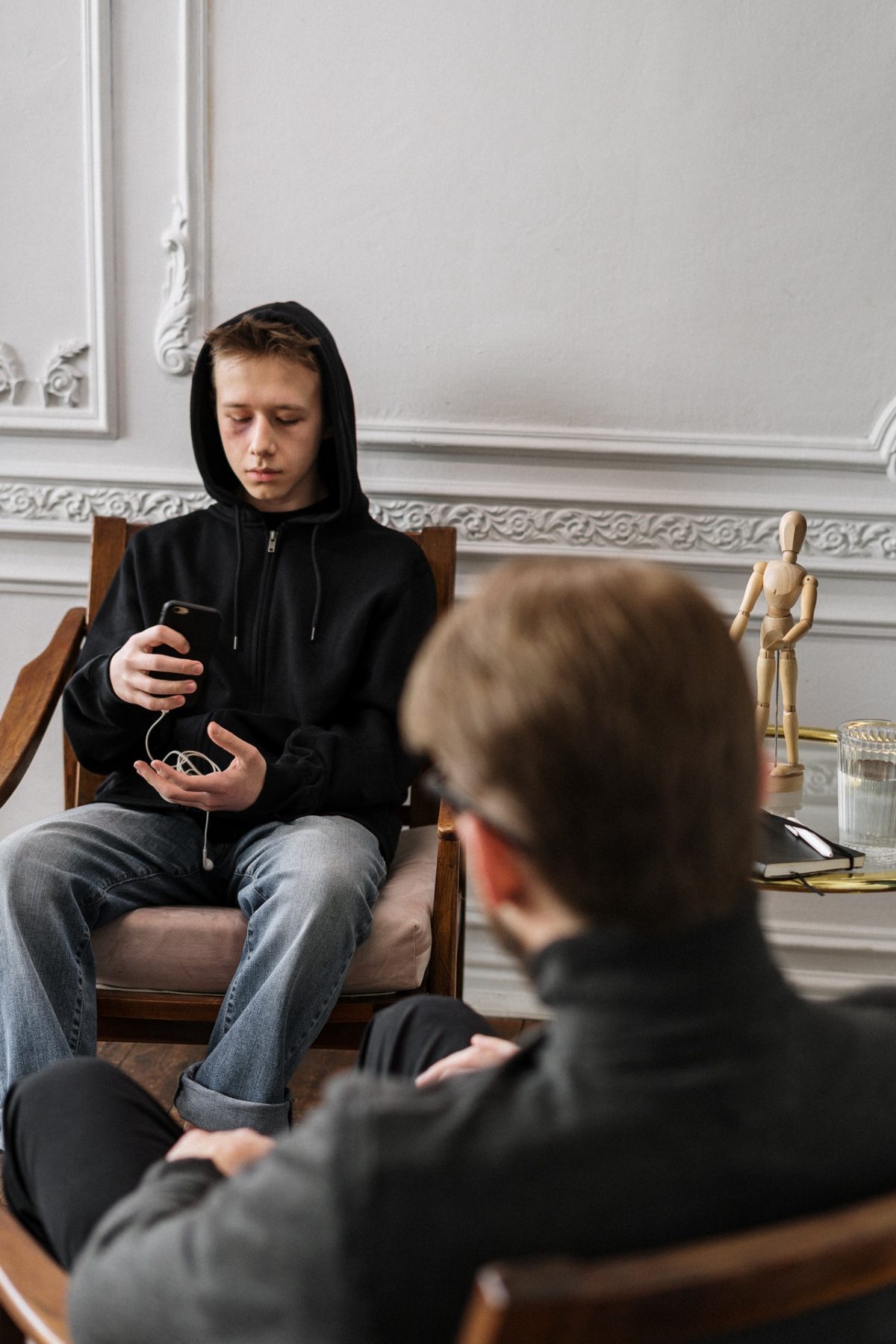 Did you know that by age 16, over two-thirds of children report experiencing at least one traumatic event so far in their life? This is according to the Substance Abuse and Mental Health Services Administration in the United States, and the numbers could even be more significant elsewhere in the world.
Did you know that by age 16, over two-thirds of children report experiencing at least one traumatic event so far in their life? This is according to the Substance Abuse and Mental Health Services Administration in the United States, and the numbers could even be more significant elsewhere in the world.
The right therapy is necessary in order to help children and teens find ways to heal and cope with their trauma, whether from family abuse, natural disasters, the death of a loved one, or social or community violence. This is important, as brain wellness in your adulthood can also suffer from unresolved childhood trauma.
How Trauma Affects the Brain
Areas of the brain that are involved in stress response include the amygdala, hippocampus, as well as prefrontal cortex. Traumatic stress is linked to lasting changes in the said brain areas, as well as with increased cortisol and norepinephrine responses to subsequent sources of stress.
Maybe you’re wondering: How does a single traumatic event affect the brain? For one, trauma can cause this important organ to remain in a state of hypervigilance. This suppresses your memory and impulse control, keeping you trapped in a constant state of extreme emotional reactivity.
When it comes to the effects on thinking, initial reactions to trauma can include the following:
- Exhaustion and fatigue
- Confusion
- Anxiety
- Sadness
- Agitation
- Numbness
- Dissociation
- Physical arousal, and
- Blunted effects
Most responses are deemed normal as they are mostly self-limited, socially acceptable, and affect most trauma survivors. However, when trauma is worsened and left unaddressed, it can affect the different ways the brain works.
Take memory, for example: trauma can shut down episodic memory and fragment the sequence of events in one’s mind. The hippocampus creates and recalls episodic memory, and trauma can bar information such as images and sounds from various parts of the brain from combining to form a semantic memory.
Addressing Childhood Trauma Properly
Childhood trauma comes in varying sizes and forms, including:
- Physical and sexual abuse
- Neglect and abandonment
- Psychological and emotional abuse
- Serious accidents or life-threatening sickness
- Natural disasters
- Racism behaviors
- War and the refugee experience
- Witnessing violence in the family
- Loss of family members or guardians
Trauma affects age groups differently, although there may be similar impacts. Among preschoolers and elementary students, for instance, you may find a traumatized child having separation anxiety, fearfulness, more nightmares, no appetite, or increased aggression. Teens, on the other hand, can be irritable, withdraw from social circles and activities, depressed or having difficulty concentrating, or depressed. They may also engage in increased sexual activity or alcohol or drug use.
There are varying ways to tackle childhood trauma and help the sufferer. One of these is trauma-focused cognitive behavioral therapy, an evidence-based practice that provides trauma-sensitive interventions with CBT techniques and family support. Here, family members and caregivers have a big role to play in treatment outcomes and success. This therapy usually lasts 12 to 15 sessions.
Play and art therapy can also help in the healing process and assist in better cognition, self-esteem, self-awareness, stress reduction, and emotional resilience.
Generally, natural interventions like regular exercise and providing a brain-supporting diet are all important to increase the chances of successfully identifying and getting to the core of the trauma.

